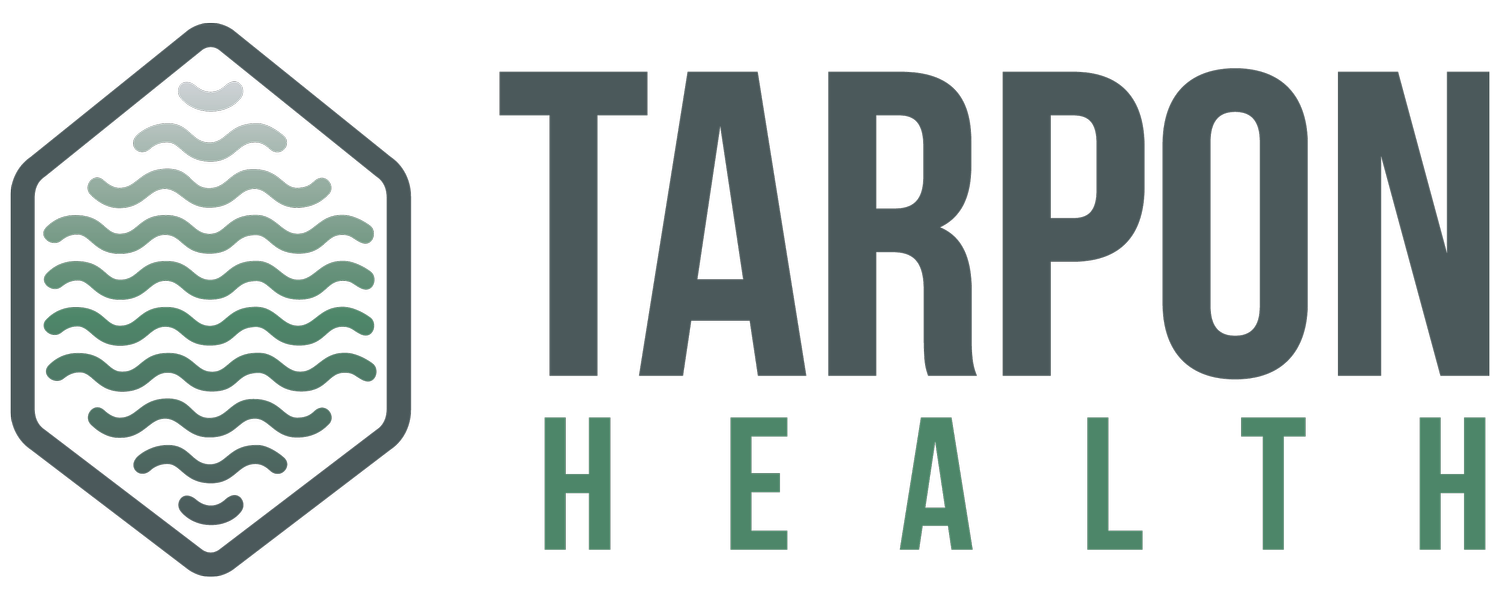A Guide For Building RCM Automation
Welcome back to Tarpon Health's Automation Lifecycle series, where we share best practices for developing Revenue Cycle Management (RCM) automations. This blog delves into the best practices for creating efficient and reliable automations in the third phase of The Automation Lifecycle: Build. This phase encompasses addressing the underlying process, developing the automation, documentation, and managing risks, exceptions, and issues that may arise.
The technical approach and code quality are pivotal to the success of any automation project. Well-constructed automations enhance reliability, reduce errors, and streamline operations, resulting in significant time and cost savings for healthcare organizations. Implementing an effective build process ensures timely and budget-friendly development and guarantees proper communication with stakeholders throughout the process. All in all, these factors collectively empower the organization to achieve its automation goals.
Now, let's dive in and explore the key steps and best practices for the Build phase of the Automation Lifecycle.
Addressing the Underlying Process
To ensure that your automation runs smoothly and efficiently, you need to optimize your application workflows. This involves examining the existing processes and identifying areas for improvement, which will enhance the efficiency of your automation. After all, automation is not a magic bullet. If the process is not well-defined or efficient, automating will not make it any better.
One important consideration when optimizing your workflows is to be aware of credential transitions. Different credentials may have varying application preferences and environments, such as screen color, resolution, favorites, menu options, and sorting preferences. It is essential to understand the preferences and environment of your automation credential, as it will vary from the end-users who manually complete the tasks. It's also an opportunity to reduce the number of steps that the automation will take, improving the overall efficiency.
Another key aspect of optimizing your application workflows is leveraging any available automation tools or features within the applications. Many applications, such as keyboard shortcuts, hotkeys, and macros, offer built-in functionalities that can enhance the automation process. Utilizing these tools can further streamline your workflows and improve overall efficiency.
Optimizing the underlying process may take some time and effort upfront, but you’ll be rewarded with a more efficient, stable, and effective automation.
Development Strategies
While teams have a variety of platforms and coding languages at their fingertips, some general principles are universal when it comes to development strategies for revenue cycle optimization. For example, teams should leverage application programming interfaces (APIs) and tap into the underlying HTML code whenever possible to enhance automation performance.
To promote consistency and collaboration among team members, it is essential to establish and maintain a consistent coding style. This can be achieved through training and management initiatives that encourage adherence to established development guidelines. For version control and collaboration, procedures around saving code in a repository, such as GitHub or Azure, are also necessary when multiple developers work on a single project.
It’s also important to consider the reusability and modularity of your code. Identifying and separating various components that can be reused will save time and effort in the long run.
For example, components such as logging into an electronic health record or an insurance web portal can be modularized and reused across multiple automations. This means that once you have built and tested these components, you can easily plug them into different automation workflows without having to rebuild them from scratch each time.
The benefits of modularizing and reusing code are manifold. First, it improves speed and efficiency in the development process. Instead of spending time writing code for each individual automation, you can leverage pre-built components, allowing you to develop automations faster. Second, modularization makes maintenance easier. When updates or changes are required, you can simply update the code in one place, and it will automatically be reflected in all the automations that use that component. This saves time and reduces the risk of errors.
Last, using variables will further optimize the reusability of your code. Variables allow you to easily make updates or changes to your code by simply modifying the values of these variables rather than having to update the code itself. This makes code updates more efficient and reduces the risk of introducing errors.
Documenting The Build of Your Automation
Documenting the build process for your revenue cycle management automation is crucial in ensuring its success and maintainability. A README is how developers communicate with one another, and it’s often the first thing someone will read when diagnosing a problem.
A README should cover the following areas:
Overview: a non-technical description of what the automation is doing.
Applications: a list of software or applications being used along with a list of techniques.
Version control/history: a brief description of changes over time.
Common points of failure: areas that created issues when building.
For example, long load times, poor computer vision match %, etc.
Technical details: a rationale on why a specific action was taken
For example, directions on how to access the production machine, flags within the automation that were built for testing, etc.
Last, it's important to keep your automation's overall design and architecture up to date. If the build deviates from the original design, then that information must be shared and captured in the appropriate design documentation, such as a Process Definition Document (PDD).
By keeping these details up to date, you create a roadmap for troubleshooting and maintenance in the future.
Daily Standups
Identifying risks and solving problems is essential to the automation development process. One effective way to do this is through daily standups. A daily standup is a brief team meeting where everyone shares their progress, identifies any risks or issues they have encountered, and collaborates to find solutions.
During a daily standup, team members can openly discuss any challenges they are facing and brainstorm potential solutions together. This regular communication helps to quickly identify and address risks and issues before they become major roadblocks. For more complex automations, holding two standups per day may be beneficial.
In order to maximize the effectiveness of daily standups, it is important to create a structured framework. Consider implementing a known risk management framework, such as an Agile approach. With an established framework, managers and teams can keep themselves accountable for following the process. Below are tips that will keep your standup effective:
Brief: Standup meetings should be short and to the point. Aim for 15 - 30 minutes.
Focused: The focus of the meeting should be on the work that will be done today, the next priorities, and any blockers that are preventing the team from making progress.
Transparency: Everyone should be able to see the work being done and the blockers preventing progress.
Actionable: The standup meeting should end with a clear plan for how the team will address any blockers and make progress on the work that was discussed.
Daily standups are a powerful tool for identifying risks, solving problems, and keeping the automation development process on track. By fostering open communication and collaboration within the team, healthcare organizations can proactively address challenges and ensure the successful development of their revenue cycle management automation.
The Build phase is a critical phase in the Automation Lifecycle. The best practices discussed, such as addressing the underlying process or following development practices, will ensure your automations are technically sound and built as efficiently as possible. After all, well-constructed automations are reliable automations, and that’s ultimately what allows the automation program to meet all of its objectives.

